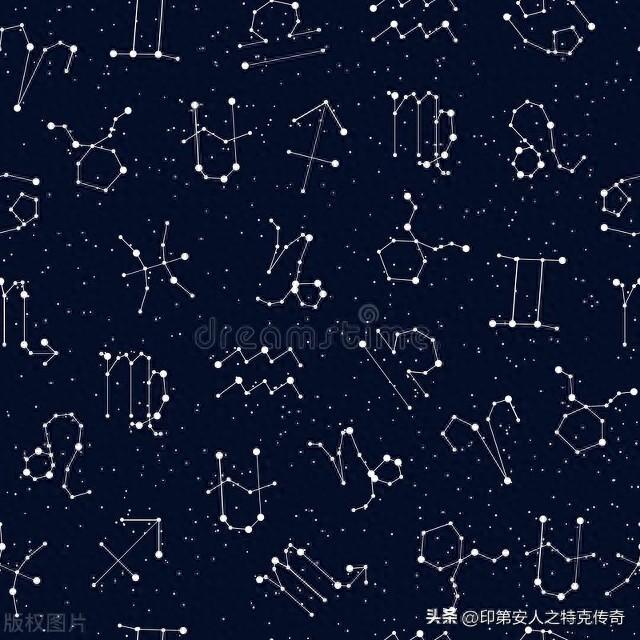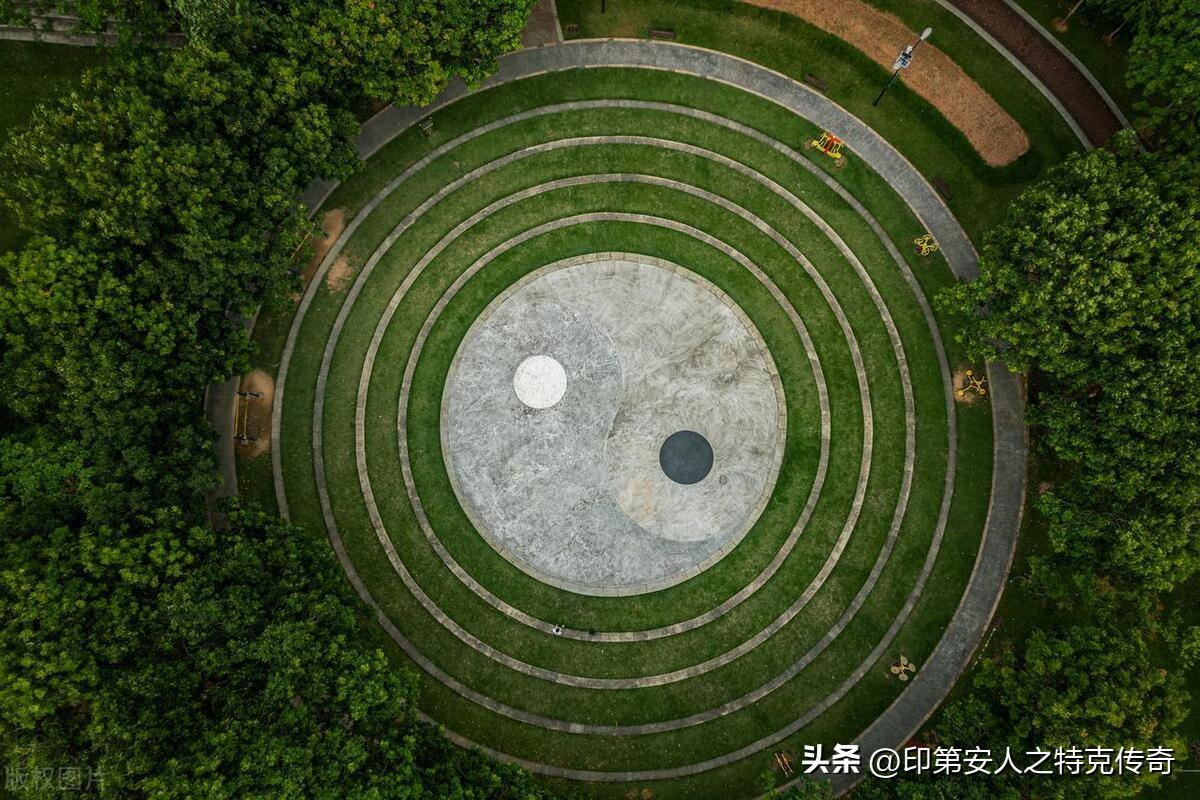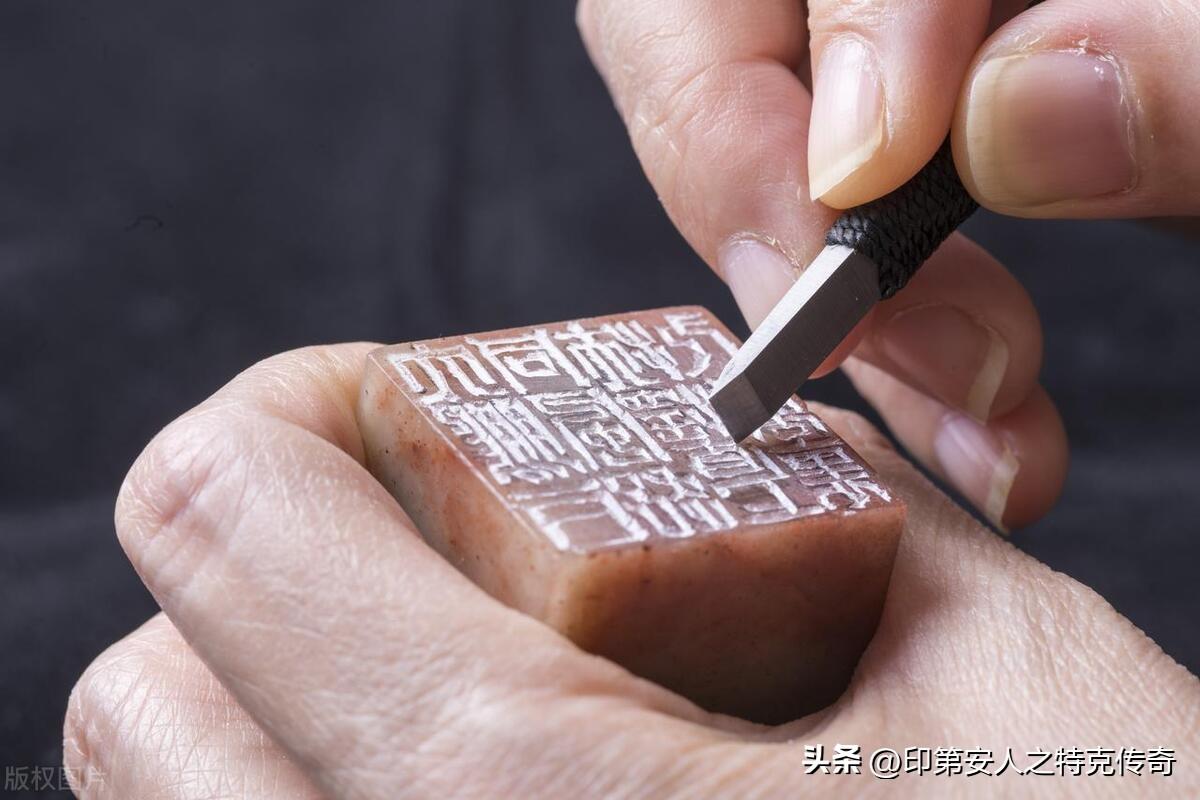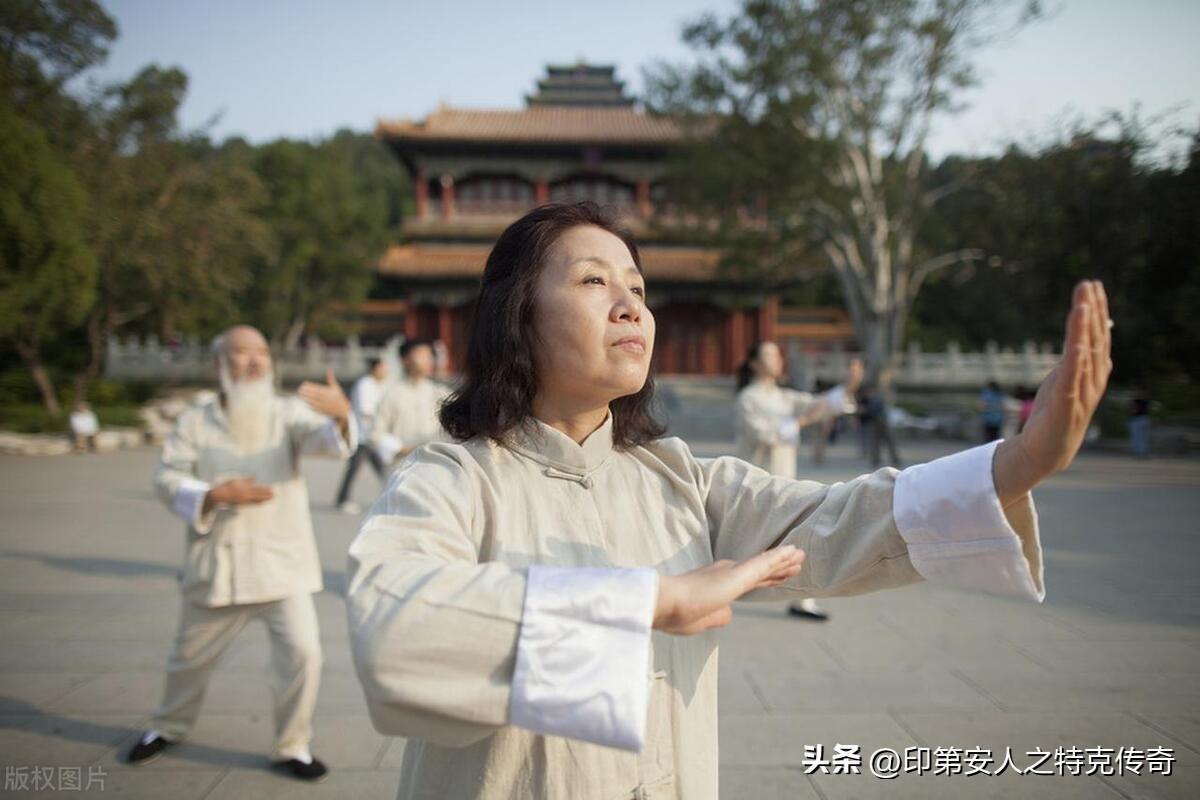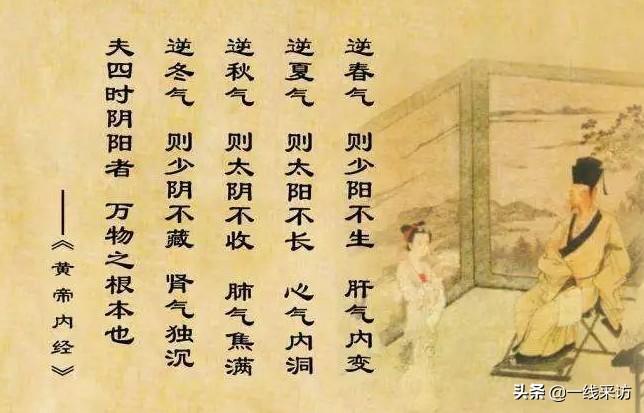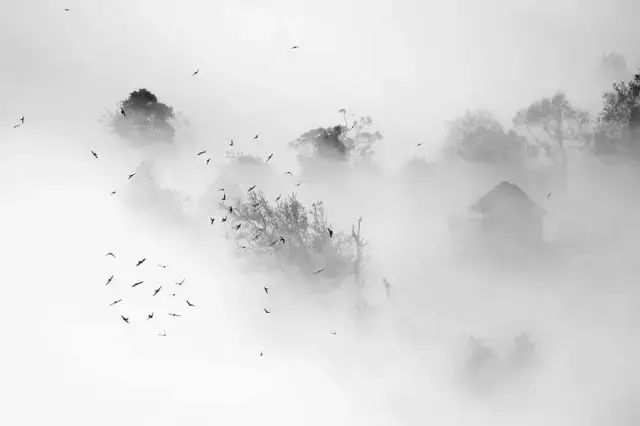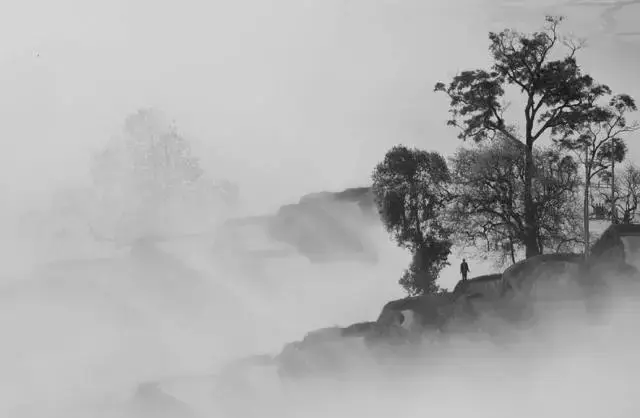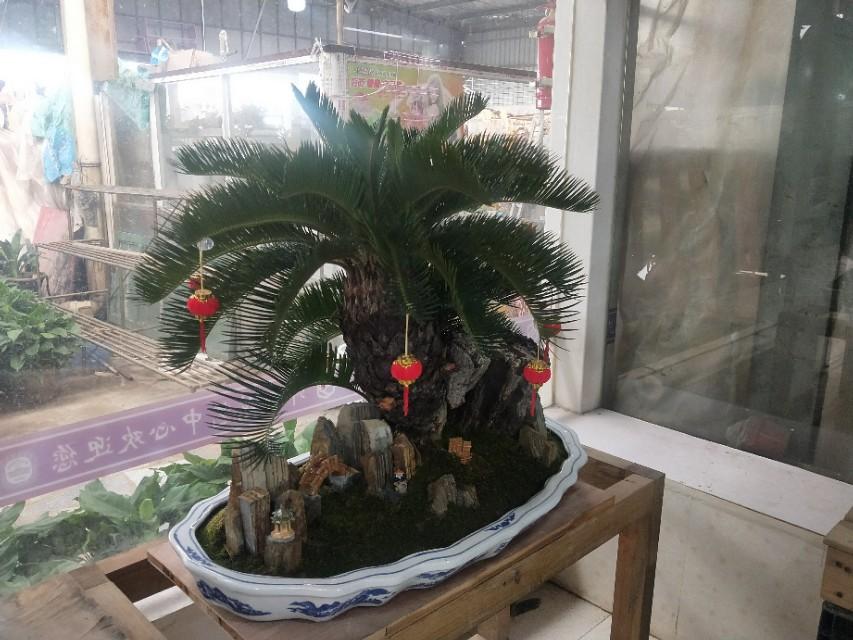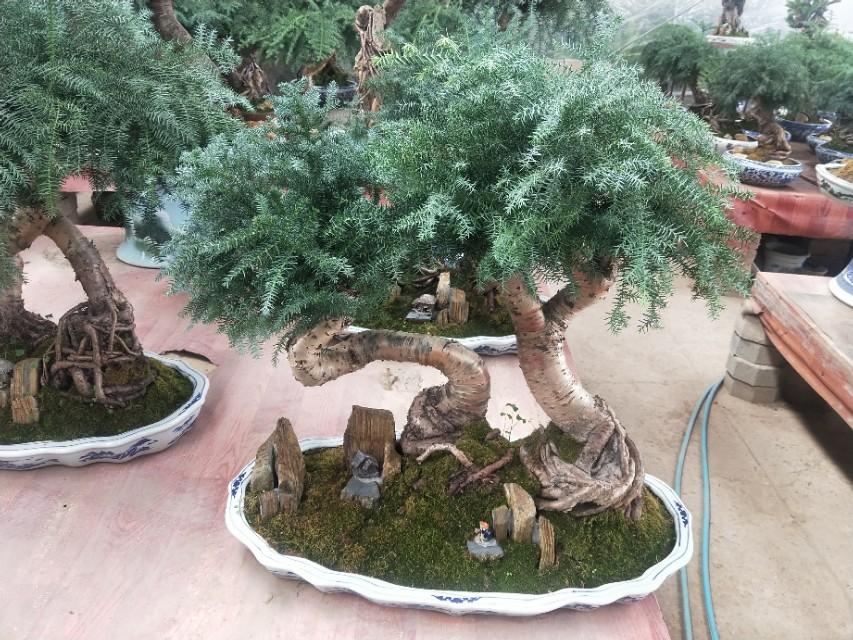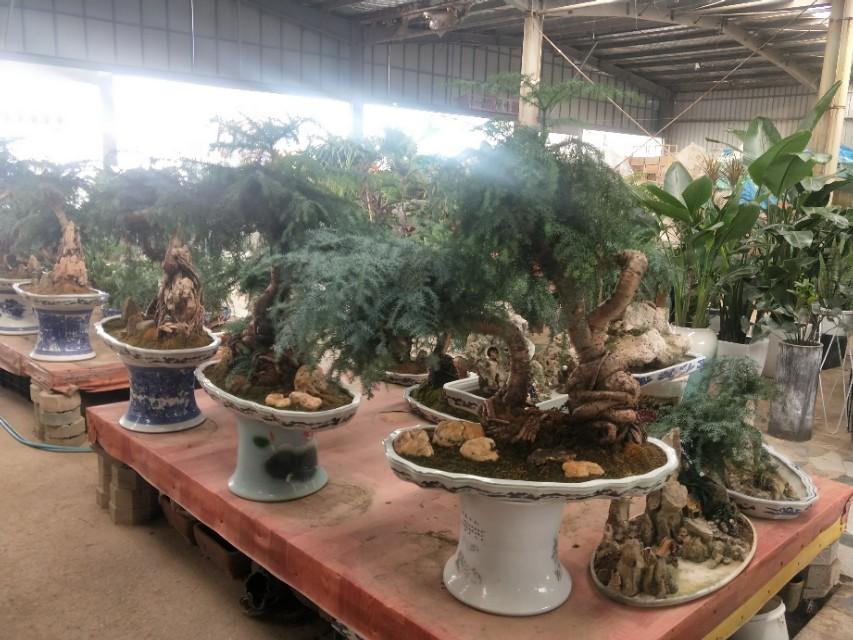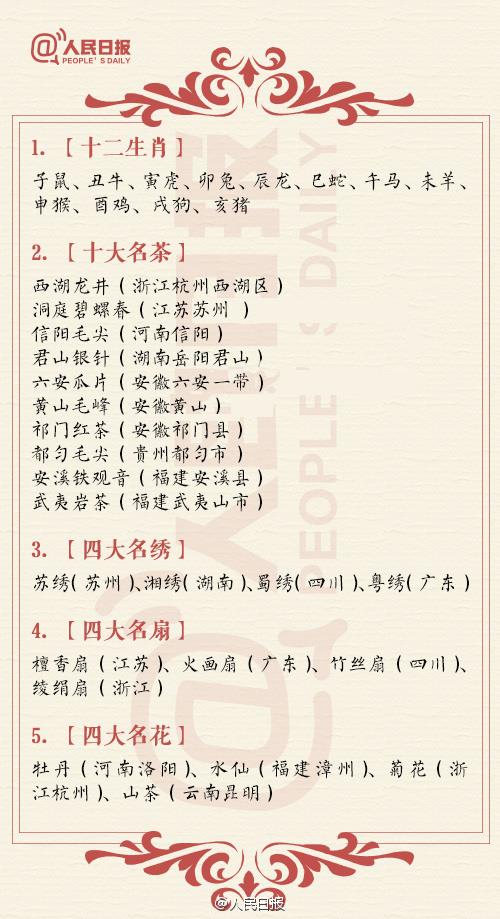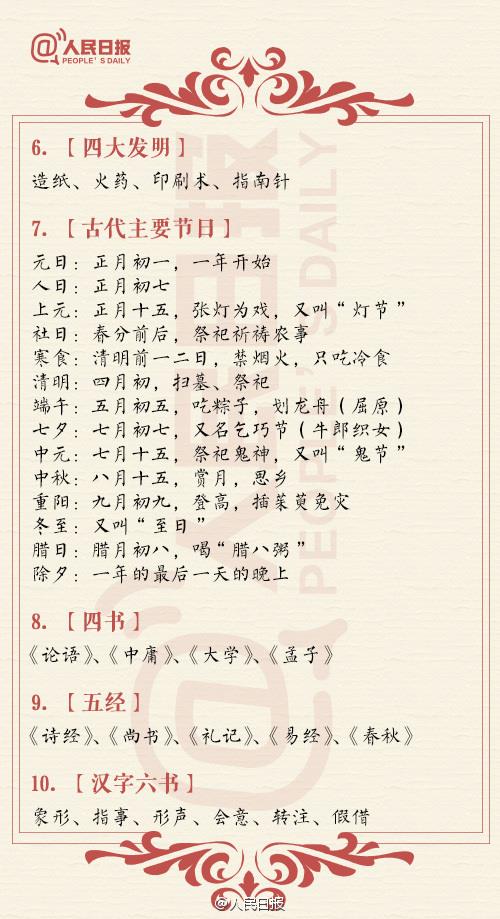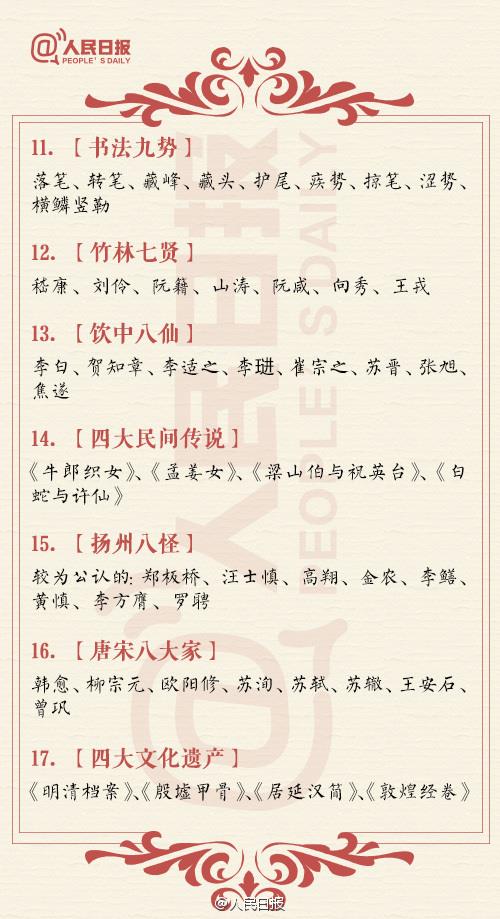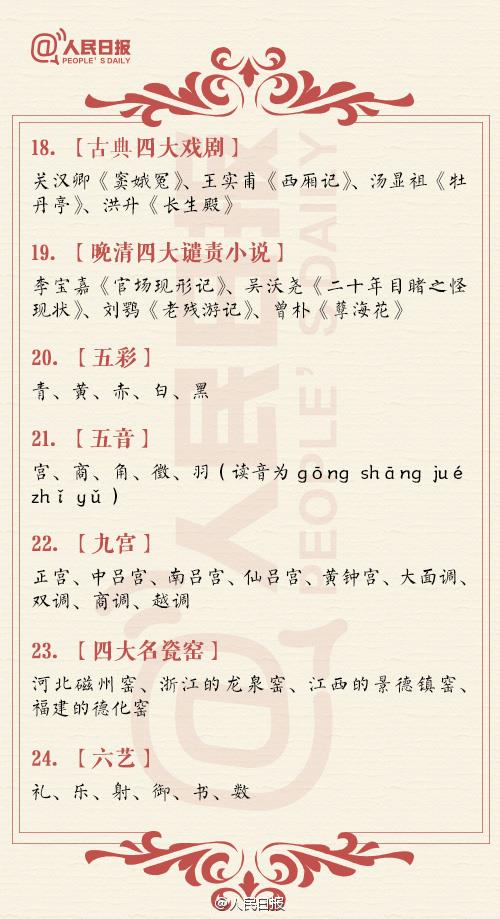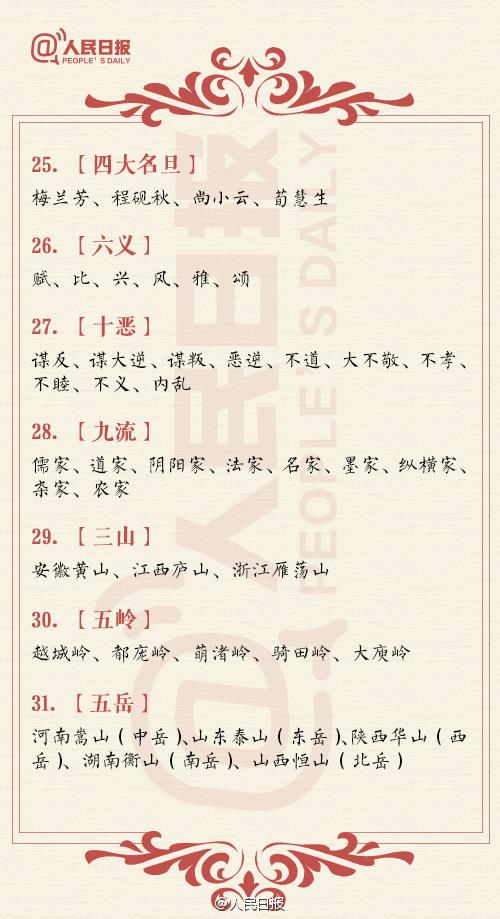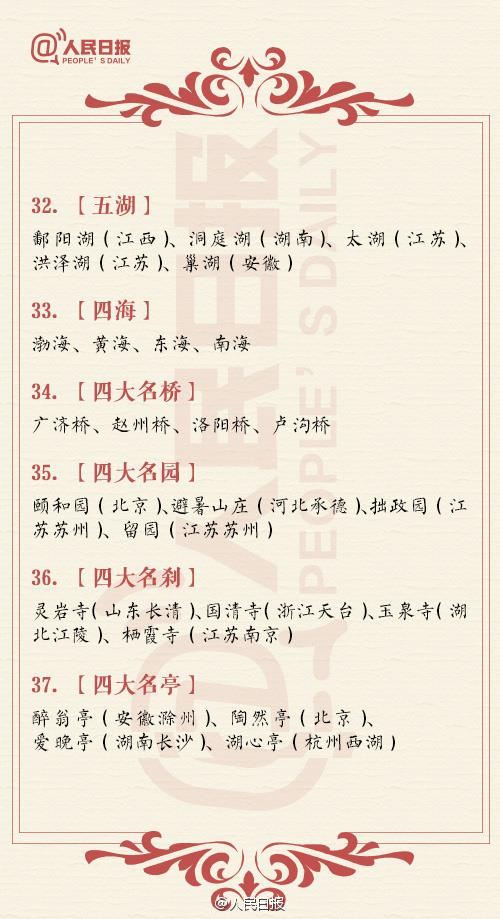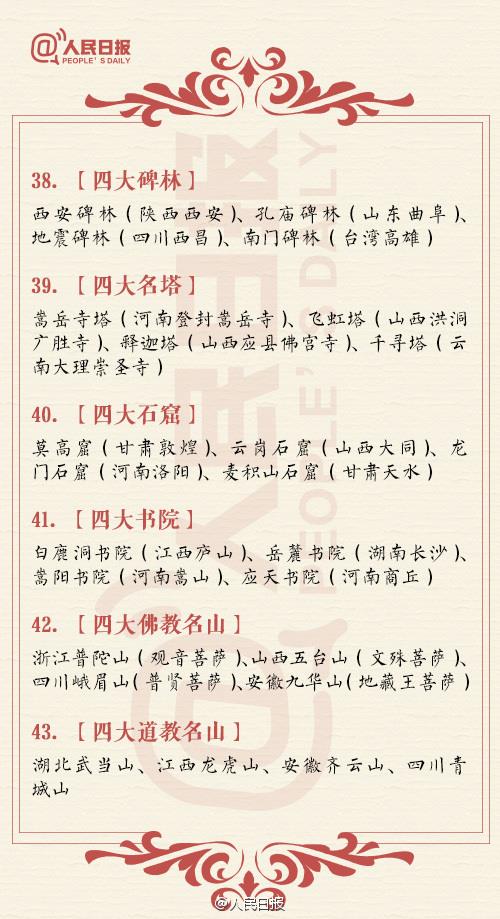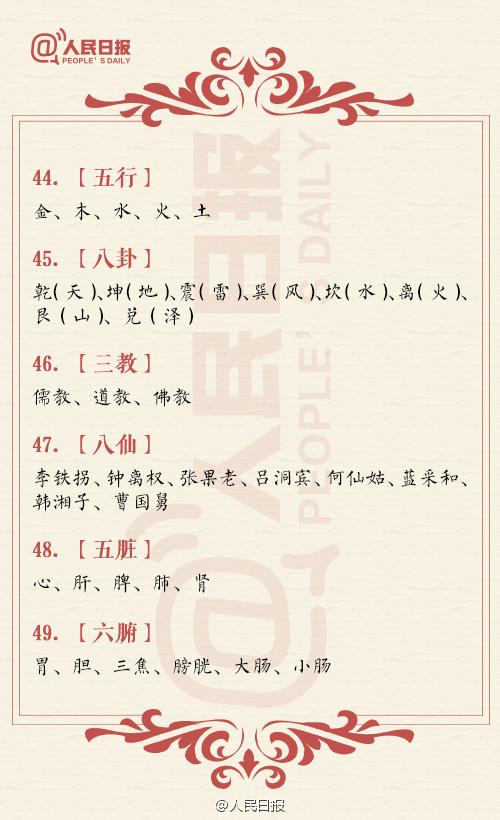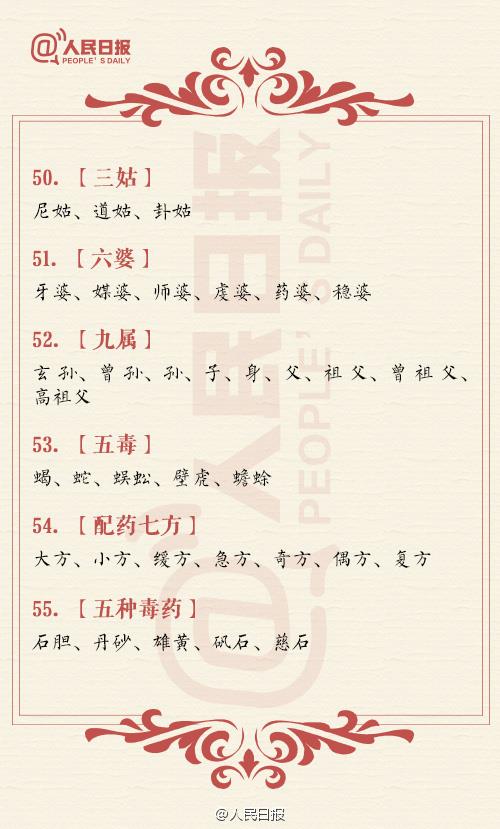Reading a lot of books, having a lot of knowledge, having a high degree of education … is completely different from having a culture.
My favorite answer about what culture is is a four-sentence summary by writer Liang Xiaosheng:
Cultivation rooted in the heart,
Consciousness without reminding,
Freedom based on constraints,
Kindness for others.
01
A flight attendant named Judy told an interesting story about Liu Shishi at the Weibo.
Judy often meets all kinds of big coffee and stars because she is a flight attendant and serves on the plane.
But none of these big coffees and starsgive herMake a deep impression.
Until a few days ago, she met Liu Shishi.
that dayLiu Shishi flew first class.
When Judy went to tidy up the first class after the plane landed, she was surprised to find that the quilt on Liu Shishi’s seat was neatly folded.
Judy was shocked at once: "In the past, all the first-class guests huddled their quilts and left under their feet. I didn’t expect the poems to be neatly stacked. I was so touched."
People who fly in first class are usually people of great status, but you see, there are so few people who fold quilts. Occasionally, a flight attendant will be moved for a long time.
02
On May Day, I met a wandering singer when I was shopping with my mother.
After listening to a song, I went over and threw five yuan change into the hat.
But then, my mother’s behavior surprised me.
She went to the hat, crouched down slowly, gently put two coins in the hat, and nodded to the wandering singer with a smile.
My mother didn’t read much. But this moment: I really lost her too much.
Comparing these things, I think of a sentence from Bai Yansong:
"Whether a person has a culture is not based on how high his education is. People with academic qualifications do not necessarily have culture, while those without academic qualifications do not necessarily have no culture. "
Reading a lot of books, having a high diploma, and having education are sometimes completely different.
03
Wu Xiao Xian told another touching story.
Once, he followed the boss to talk about business, and at lunch, he ordered a table in the hotel.
Halfway through the meal, the waiter served a special dish, and the boss said politely, "Thank you, we don’t need any more dishes."
The waiter explained, "This dish is free."
The boss still smiled and replied: "We don’t want it for free, we can’t eat it, it’s a waste."
After the meal, the boss wrapped the leftovers.
On the way back to the company, the boss drove slowly, as if looking at something.
Wu Xiao Xian was wondering when the boss stopped the car, picked up the packaged food, got off the bus and walked over to a beggar, and handed it over with his hands.
What is culture? This is culture. Culture is self-cultivation rooted in the heart.
04
I read another story in People’s Daily.
On the weekend, my nephew followed a Chinese to go fishing in Sydney, Australia.
Every time you cast a net, you always get something.
But every time the net is pulled up, the Chinese always pick it up and throw most of its shrimps and crabs back into the sea.
His nephew was puzzled: "I finally hit it, why throw it back?"
The Chinese replied: "Only fish and shrimp that meet the specified size can be caught."
His nephew said, "No one can care about you on the high seas?"
The Chinese smiled faintly: "Not everything needs to be reminded and urged by others!"
What is culture? This is culture. Culture is consciousness without reminding.
05
What is freedom?
Many people’s understanding is that freedom is to let yourself do what you want freely. But people who think like this don’t know what real freedom is.
Linda, a Chinese-American writer, wrote a book "Worry in the Deep History", which presents the fact that the United States is not only the freest country in the world, but also the least free country in the world.
On one occasion, he accompanied his friends from China to visit the Grand Canyon of the United States.
My friend picked up the coke can and wanted to throw it into the Grand Canyon: "What a pity not to do something in such a deep canyon!" "
LindaStartled, he quickly stopped: "This is illegal."
The freest America in the world is actually full of illiberality:
It is illegal to hold an open wine bottle in the street;It is illegal for parents to slap their children when they cry.It is illegal to even talk about pornographic jokes in the office;……
Many people in China don’t understand why the United States has so many restrictions. In fact, it is precisely because of so many constraints that American freedom has been created.
The philosopher Mill said: "Constraints are the mother of freedom. Personal freedom must be based on not infringing on the freedom of others. "
What is culture? This is culture. Culture is freedom based on constraints.
06
There was a man who taught his disciples to break glass products and put them into garbage bags, and wrote on them with a pen: "There are glass fragments inside, it’s dangerous!" "
In this way, garbage collectors won’t scratch their fingers.
The mineral water bottles after drinking drinks are also emptied and tightened, which is convenient for waste recyclers to collect.
You ask me what is culture? This is culture. Culture is kindness for others.
When going to the toilet, think of the next person who goes to the toilet;When throwing garbage, think of the next garbage collector;No matter what you do, you must think of the next person;……
07
Xia Yan, a dramatist, was in great pain before he died.
The secretary said, "I’ll call the doctor."
Just as he was about to open the door, Xia Yan opened his eyes and said with difficulty, "Not calling, please."
Then he passed out and never woke up.
"Not called, please." Xia Lao changed a word, but touched a building.
Do you know how Liang Qichao died?
He died in a medical accident at Union Medical College Hospital: the doctor cut the left kidney that should have been removed into the right kidney.
Before he died, Liang Qichao did not curse the doctor, but told his family:
"Don’t tell the media, don’t publish. The people have just begun to believe in western medicine. If they know about me, they will inevitably retreat. "
Xia Lao Liang Lao is the truly literate person.
A true cultural person should have four qualities:
Cultivation rooted in the heart;
Consciousness without reminding;
Freedom based on constraints;
Kindness for others.
Think about how often we can have conscious introspection without being reminded by others, and we can think of and help others as much as possible.
Speaking of this, we have to say: "culture is the foundation of the country."
Hero, after reading the article, tell us something.
Source: Dialogue boss, People’s Daily copyright belongs to the original author.
Editor: Li Yahe
